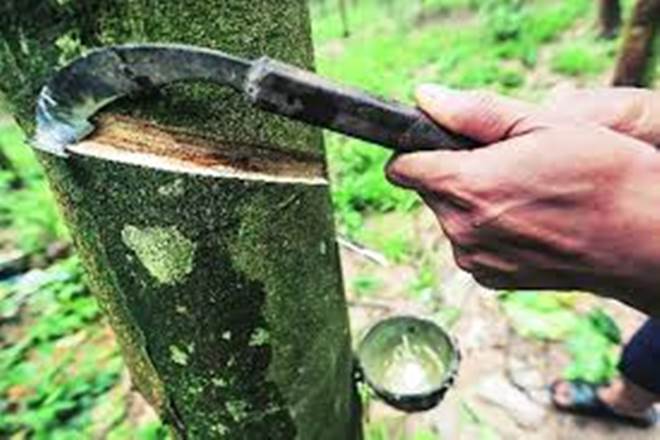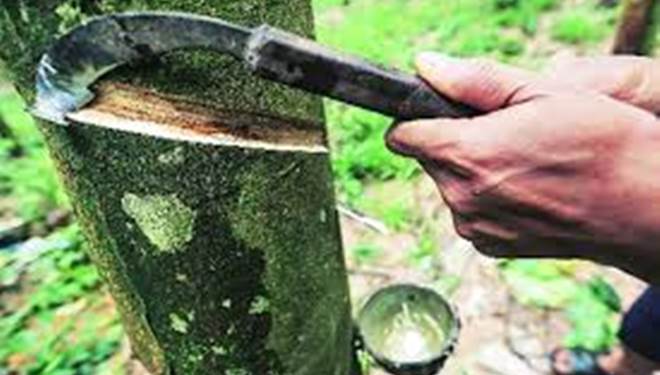Demand-supply fundamental along with other factors do not favour a recovery in natural rubber (NR) prices during 2019, Jom Jacob, senior economist of Association of Natural Rubber Producing Countries (ANRPC) said here on Tuesday.

Strengthening dollar, production potential factor of producing countries and a negative growth in Chinese consumption due to high US tarrifs do not support a price recovery, Jacob said while making a presentation at the India Rubber Meet 2018.
Demand-supply fundamental along with other factors do not favour a recovery in natural rubber (NR) prices during 2019, Jom Jacob, senior economist of Association of Natural Rubber Producing Countries (ANRPC) said here on Tuesday.
Strengthening dollar, production potential factor of producing countries and a negative growth in Chinese consumption due to high US tarrifs do not support a price recovery, Jacob said while making a presentation at the India Rubber Meet 2018.
“World production is anticipated to grow 5.8% to 14.696 million tonnes during 2019 if NR prices continue almost at the current level. World consumption is anticipated at 14.730 million tonnes, up 3.6%. The consumption of NR in China during 2019 is likely to be affected by the high US tariff,” Jacob added.
He explained that although the world consumption of 14.212 million tonnes is expected to exceed the world production of 13.895 million tonnes during 2018, this is not getting translated into a favorable demand-supply fundamental. This is because the production in some of the major producing countries has the potential to increase substantially in the event of conditions like attractive price and suitable weather becoming favourable.
The “production potential factor” is anticipated to stay unfavorable at least up to the year 2021 or 2022, he added.
Regarding the China factor, Jacob said that NR consumption in the country slowed down to 3.4%, year-over-year, during the period Jan-Sept 2018. Besides the concerns over trade war with the US, the Chinese auto-tyre sector has been hit by the sharp devaluation of Chinese Yuan Renminbi since mid-2018. The devalued currency makes imported raw materials more expensive to the auto-tyre manufacturers operating in the country, he added.
China is the dominant player accounting for 40% of the global consumption of NR and consumed 5.386 million tonnes of
NR in 2017, registering 7.5% growth.
NR inventory held at the designated warehouses of the Shanghai Futures Exchange (SHFE) has progressively gone up. It touched all-time high of 591,599 tonnes on the last Friday of October 2018.
Jacob warned that rubber farmers will be forced to look for alternative livelihood if rubber cultivation remains economically unviable or less attractive for long. “History reveals that NR prices tend to stay low for much longer periods than they remained high. Therefore, a smallholder farmer cannot expect rubber cultivation becoming economically viable by anticipating prices to stay high for long period,” he added.




















